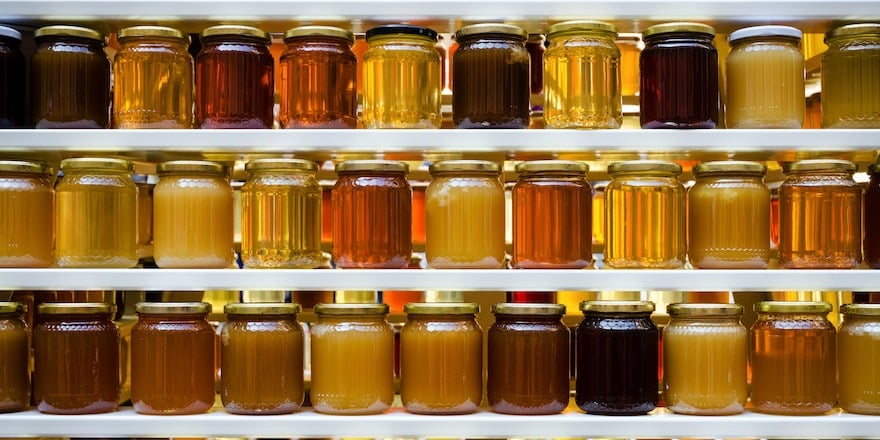Description and impact of glucose
Glucose is a simple carbohydrate. It is essential for the functioning of the body. Indeed, it provides the necessary energy to cells. Stored in the liver and muscles as glycogen, it is synthesized when the energy needs increase. Its chemical formula is C6H12O6.
Glucose is released into the bloodstream. The level of glucose in the blood corresponds to blood sugar. Its level varies according to daily energy expenditures and the intake provided by diet or following the breakdown of glycogen into glucose (glycogenolysis). Blood sugar is regulated by two hormones:
- Insulin, which lowers blood glucose by allowing it to enter cells
- Glucagon, which raises blood sugar when necessary. These two hormones are secreted by the pancreas.
Hyperglycemia corresponds to an excessively high sugar level in the blood, while hypoglycemia characterizes an excessively low level. In a healthy individual, blood sugar is kept constant. Normal blood sugar ranges between 0.70 g/L and 1.10 g/L when fasting. Consistently high blood sugar may indicate diabetes.
It is important to distinguish glucose from sugar and the sweet taste. Glucose is a simple carbohydrate. Combined with fructose (sugar found in fruits), it forms sucrose, an essential component of refined sugar.
In some processed foods, the sweet taste is obtained by adding refined sugar or glucose syrup.
These added sugars are the cause of sugar overconsumption, leading to overweight, obesity, and increased cardiovascular disease.
The various functions of glucose
Discovered in 1747, glucose is the main fuel for the brain and muscles along with lipids. It ensures several biological functions:
- Participates in the formation of glycoproteins (macromolecules) in association with various amino acids
- Ensures an energy supply to the body’s cells
- Ensures the formation of the body’s glucose stores by forming glycogen. The body functions by utilizing the glucose present in the blood but is capable of storing the molecule, to access the reserves when necessary.
Signs of glucose underdose
When blood sugar becomes lower than 0.70 g/L, we talk about hypoglycemia. The blood sugar level is too low, and the body begins to suffer. Hypoglycemia can be due to diabetes, prolonged fasting, intense physical effort, spasmophilia, pancreatic, thyroid, or pituitary disease, glucose intolerance.
The signs of glucose deficiency vary from one individual to another. Hypoglycemia may manifest through the following symptoms:
- Sweating
- Nausea
- Malaise
- Tachycardia
- Confusion
- Headaches
- Fatigue
- Feeling hungry
- Tremors
- Hypoglycemic coma. Hypoglycemic coma is a medical emergency. It can lead to death or serious neurological damage.
In case of hypoglycemia, consume foods containing carbohydrates. Drinking a glass of fruit juice, eating two sugar cubes, or having a compote often solves the problem (when the person is still conscious).
Recommended daily needs for glucose
Carbohydrate intake corresponds to 45%-55% of the body’s needs. By consuming foods containing carbohydrates, we ensure the daily needs in glucose. These are not specifically determined. However, it is recommended to ensure a carbohydrate intake corresponding to 50%-55% of the calories ingested daily.
The needs for glucose vary among individuals according to body mass and physical activity. For athletes, for example, energy expenditure increases during intense physical effort. Whether it is endurance sports or intense effort over a short period. This is why glucose intake should be adapted based on the planned activity.
A word about the glycemic index: also known as GI, it is a tool that ranks foods according to their impact on blood sugar. Some foods cause a rapid increase in blood sugar, unlike others. This scale thus allows evaluating the speed of carbohydrate absorption in the body. The higher the GI, the richer the food is in sugars and acts on blood sugar.
The glycemic index helps adapt food intake based on daily needs. It serves as a guide to follow a balanced diet. Before consuming a food, it may be interesting to inquire about its glycemic index.
Top 5 foods containing glucose
To benefit from glucose intake, it is advisable to prioritize foods containing simple or complex carbohydrates. Indeed, the body synthesizes glucose thanks to glycogen stored by the liver and muscles.
Honey

Honey contains glucose and fructose, a natural sugar also found in fruits. It has a sweeter taste than refined sugar and less caloric and glycemic impact.
It can therefore be used as a replacement in pastries or to sweeten yogurts and hot drinks. It is delicious and its nutritional value is interesting. It is recommended to consume a few teaspoons a day and to pay attention to its origin.
Bread
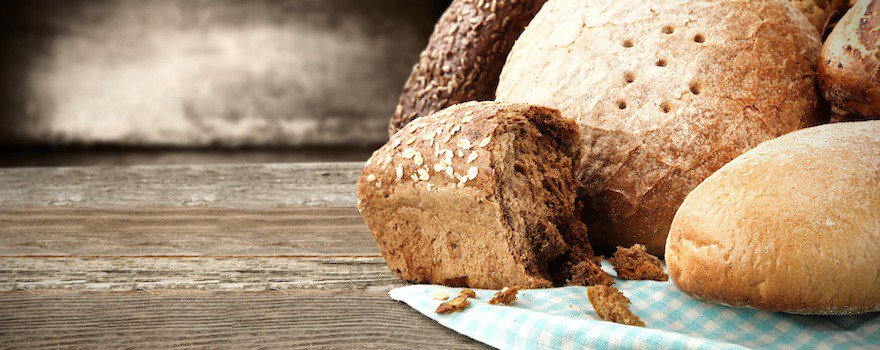
Bread contains starch. After digestion, this element is broken down to replenish glycogen stores. It is not recommended to consume sandwich bread as it contains added sugars.
Bread can constitute the starchy portion to be consumed during a meal. Therefore, you can eat a small amount to accompany a dish of vegetables and lean meat. Breakfast is also the ideal meal to eat toast as nutritional needs are higher in the morning. However, for diabetics, bread consumption is limited to avoid excessive spikes in blood glucose levels.
Pasta
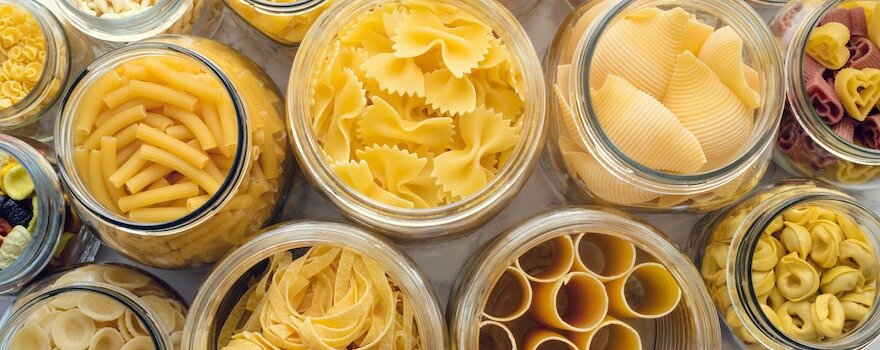
Pasta allows you to meet daily carbohydrate and glucose needs. If a sporting activity is planned in the afternoon, it is advisable to favor a pasta-based lunch.
It’s better to favor whole grain pasta which has a lower glycemic index than standard pasta.
Legumes
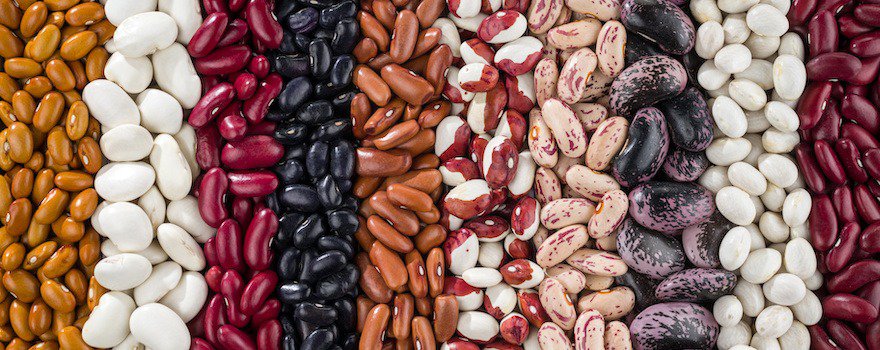
Legumes (lentils, chickpeas, white beans, red beans…) are rich in carbohydrates and have the advantage of being filling foods. They can replace starches in a meal.
Legumes are self-sufficient and can be prepared in salads. Furthermore, they perfectly accompany vegetables, meats, or fish.
Potatoes
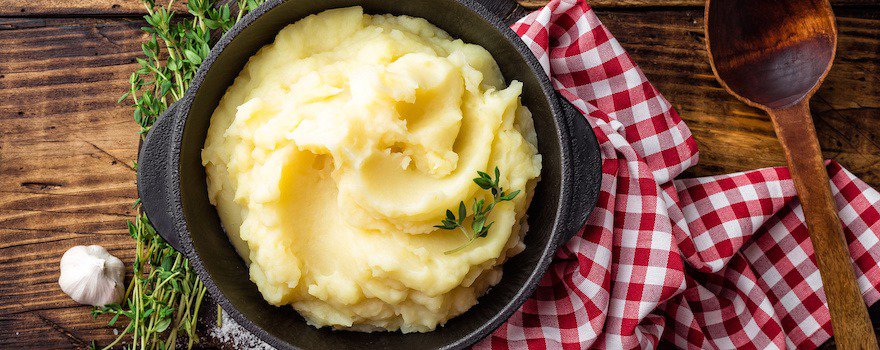
Potatoes contain starch and complex carbohydrates. They can be consumed regularly to replenish the body’s stores of carbohydrates and glucose.
Fried and sautéed potatoes should be avoided in favor of lighter cooking methods. It’s ideal to prepare homemade mashed potatoes, gratins, or baked dishes to control the caloric intake of your meals. Better to consume potatoes accompanied by vegetables.
Symptoms of Glucose Overdose
When blood sugar becomes too high (blood sugar > 1.10 g/L on an empty stomach), it is called hyperglycemia. It may be attributable to diabetes, kidney failure, adrenal disease, medication treatment such as corticosteroids, stress, or pancreatic disease. It may also follow a state of shock or overconsumption of carbohydrates.
The signs of glucose overdose are:
- Fatigue/Drowsiness
- Weight loss
- Intense thirst
- Frequent need to urinate
Hyperglycemia can be occasional or chronic. When it is chronic, diabetes should be suspected. The diagnosis of this condition is made through a blood test. The blood sample is taken after 8 to 12 hours of fasting. Diabetes is diagnosed when fasting glucose level is above 1.26 g/L at least twice.


